AI tools like Imagen are changing how we create and edit content. With just a simple prompt, you can generate high-quality images in different styles. You can get photo-realistic results, artistic sketches, or even creative abstract visuals without needing a design experience.
Imagen makes the process fast and easy, so anyone can bring their ideas to life with just a few words. It's a great tool for artists, marketers, content creators, or anyone looking to add strong visuals to their work.
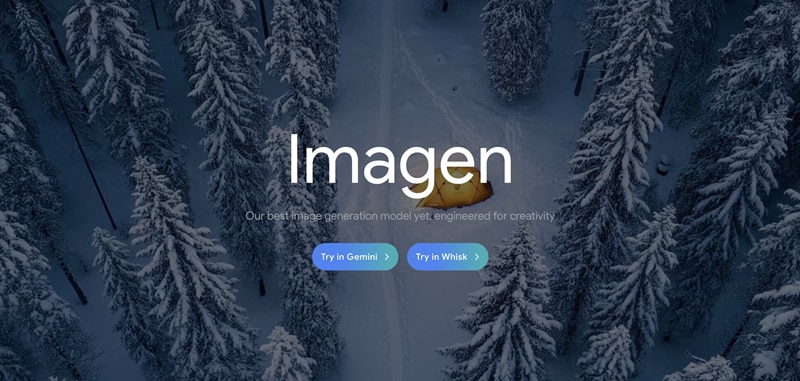
In this article, you'll learn what Imagen AI image generator can do and how to use it. We'll also show you how to turn your images into videos using a video generator.
In this article
Part 1. What You Can Do with Imagen AI
Imagen AI is a smart image generator and editor developed by Google. It uses advanced machine learning to create high-quality images from just a few words. You can also use it to edit or improve existing images. It's built to understand prompts in natural language and turn them into detailed visuals with stunning accuracy.
What you can do with AI Imagen
Generate new images from text: Just type a short description, and Imagen will create an image that matches your prompt. For example, you can write "a cat riding a skateboard at sunset," and get a vivid, detailed result in seconds.
Edit or expand existing images: You can upload your own photo or use one that Imagen generated. Then, highlight the area you want to change or add to. Imagen fills in the new space with content that matches the rest of the image.
Upscale images: If you have a low-resolution or blurry image, Imagen can sharpen and improve it. This works for both uploaded images and AI-generated ones.
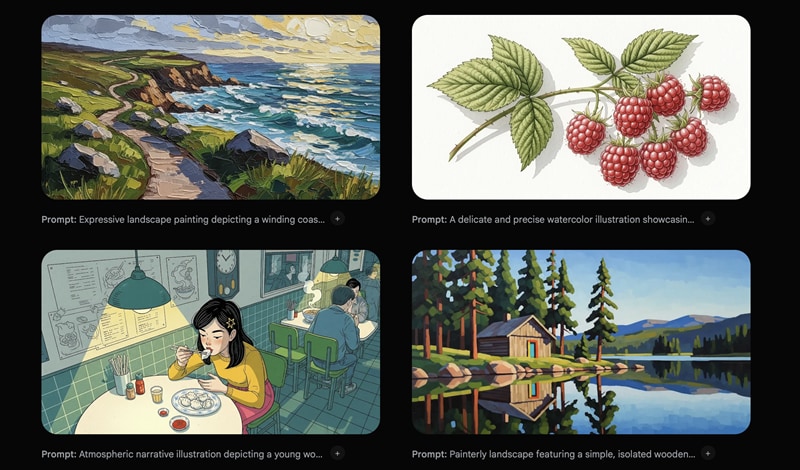
You can also choose from a wide range of styles, depending on your needs:
- Photorealistic images with realistic lighting, shadows, and textures. It's great for presentations, mockups, or creative projects
- Images with text elements, which work well for comics, digital posters, product packaging, or promotional materials
- Artistic styles, including watercolor, oil painting, impressionism, minimalism, or abstract art
Imagen AI editing gives you the freedom to create everything from simple concepts to highly detailed art.
Part 2. How to Use Google Imagen AI Generator
There are a few different ways to access and use the Imagen AI image generator, depending on what you're looking for. Google has made Imagen available across several tools and platforms, so you can choose the one that fits your workflow best.
Here are the main options:
- Gemini: A chat-based AI assistant that lets you generate images directly from your prompts. It's the easiest way to get started with Imagen.
- Whisk: A creative tool that supports recipe generation and design tasks. It sometimes integrates image generation features for visual content.
- Google AI Studio: A more technical environment for experimenting with AI models, suitable for developers and advanced users.
- Vertex AI Studio: A professional-grade platform designed for enterprise use, offering full control and integration with Google Cloud.

If you're just getting started, Gemini is the most beginner-friendly option. It doesn't require any setup, and you can try Imagen right from your browser. Next, we'll demonstrate how to use Google Imagen AI generator using Gemini.
How to Use Google Imagen AI Generator
Step 1. Visit the Gemini website
Go to the Gemini website and log in with your Google account. If you don't have an account yet, you'll need to create one first.
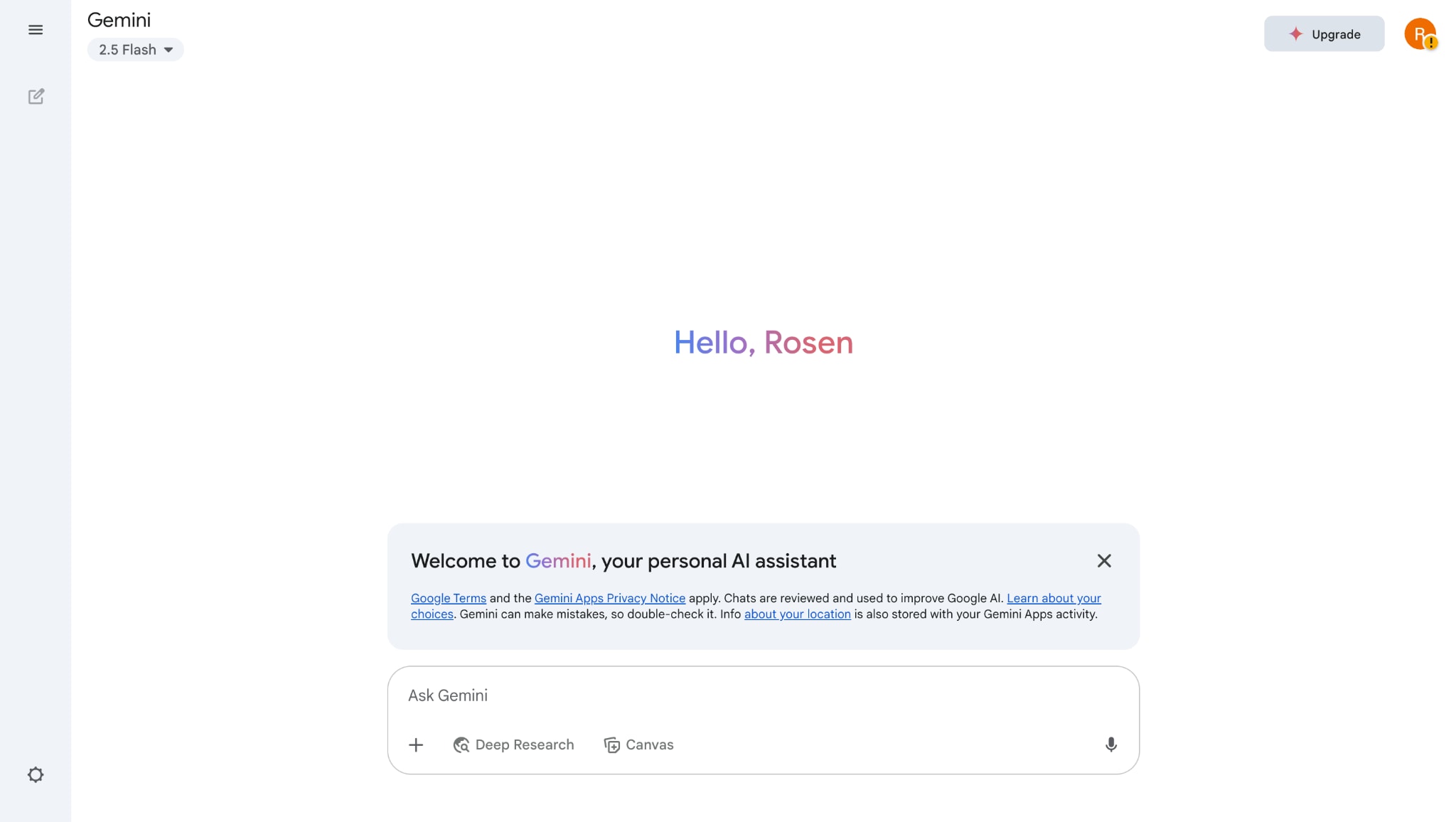
Step 2. Start a new chat
Once you're in, you'll see a text box similar to a messaging app. This is where you can interact with Gemini. It understands natural language, so you can talk to it like you would to a person.
Step 3. Type your prompt
Describe the image you want to create. Try to be clear and detailed. The better your description, the better the result.
For example: "A futuristic city skyline at night with flying cars and neon lights."
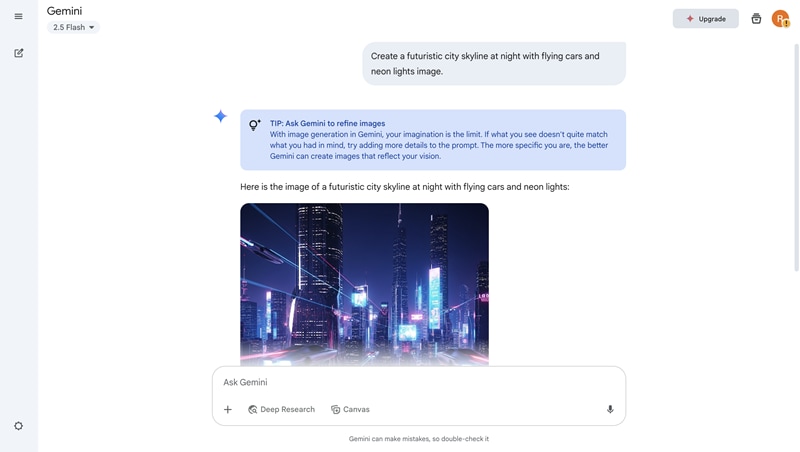
Step 4. Make sure image generation is active
In some versions, image generation might be off by default. If that's the case, look for an option to enable images or visual output. Once it's on, Gemini will use AI Imagen behind the scenes to generate the image.
Step 5. View the result
In just a few seconds, Gemini will show the generated image. You can download it, ask for changes, or try a new prompt to explore different variations.
Step 6. Refine your prompt if needed
If the image doesn't look the way you imagined, try changing your words. Add more details about colors, style, or composition. For example, instead of just saying "a cat," try "a close-up photo of a white cat sitting on a windowsill, soft morning light."
Part 3. Prompt Tips for Stunning Imagen AI Results
If you want great results from the Imagen AI image generator, focus on writing strong, detailed prompts. A good prompt provides the AI with everything it needs: what the image should depict, its visual appearance, and the desired emotional response.
Below are some helpful prompt tips with examples, each crafted to bring out the best in the image generation process.
1. Be specific about the subject and setting
Tell the AI exactly what you want to see, where it's happening, and what elements should be included.
Example Prompt: "A golden retriever puppy lying on a red plaid picnic blanket in a sunny park, surrounded by green trees and yellow flowers, with a blue sky and soft shadows."
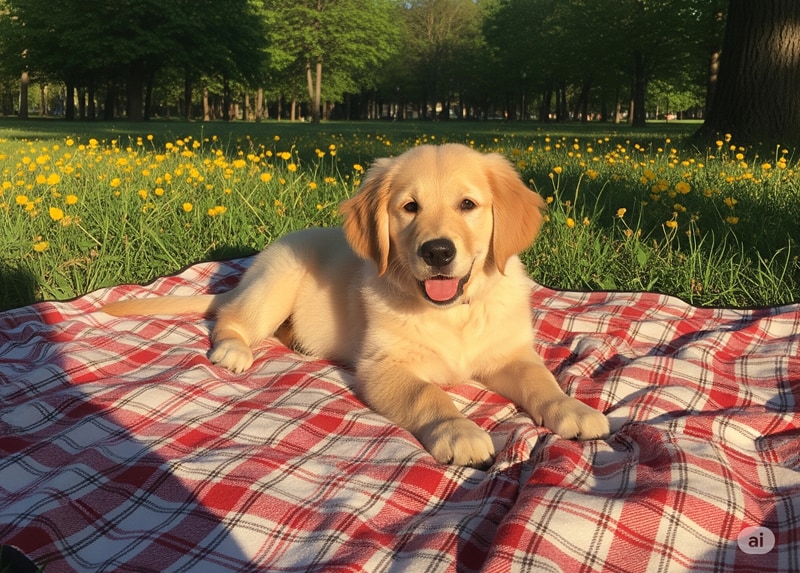
How does this prompt work?
This prompt is clear and detailed. It names the main subject (a golden retriever puppy), its pose (lying down), and its location (on a picnic blanket in a sunny park).
The mention of "red plaid blanket" gives texture and pattern.
"Green trees and yellow flowers" create a colorful, balanced background.
"Blue sky and soft shadows" guide the lighting, helping AI Imagen produce a realistic scene with proper light direction and depth.
These details help the AI avoid random or vague results.
2. Include a visual style or medium
Mentioning the art style or medium (such as watercolor, oil painting, or 3D rendering) helps the AI decide how to generate the image, not just what to show.
Example Prompt: "A watercolor painting of a lighthouse on a cliff during sunset, with soft pink and orange tones in the sky, gentle brush strokes, and a calm ocean below."
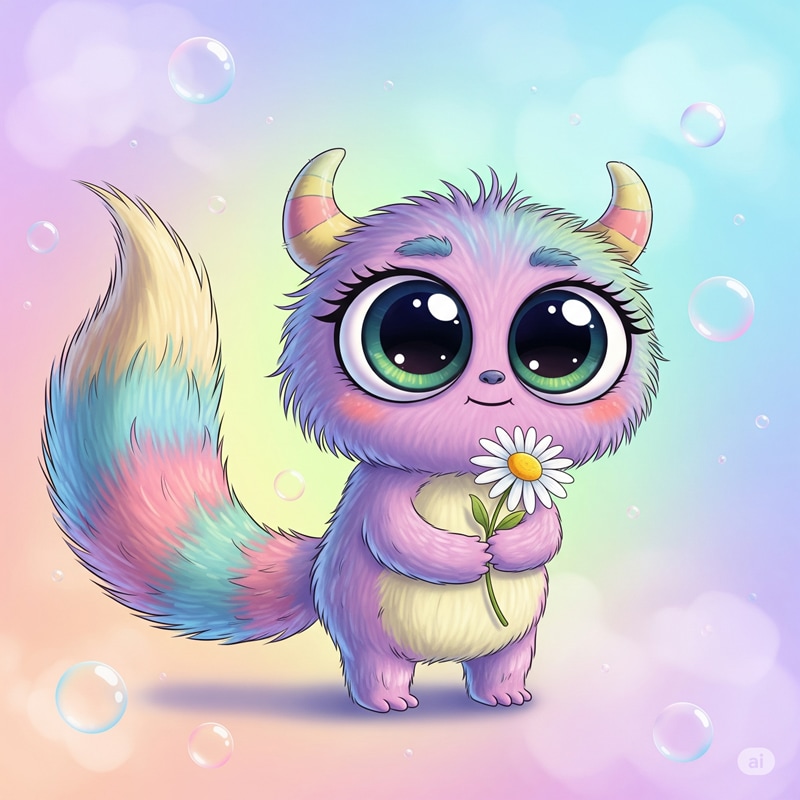
How does this prompt work?
By including the style like "watercolor painting", this prompt tells Imagen to avoid photo-realism and focus on an artistic, hand-painted look. Details like "soft pink and orange tones" help define the color palette. "Gentle brush strokes" suggest a textured, organic finish, which helps Imagen generate a more believable watercolor effect.
3. Set the mood or atmosphere
Use emotional or sensory words to guide the feeling of the image. This helps Imagen create more immersive and engaging visuals.
Example Prompt: "A cozy wooden cabin in the middle of a snowy forest at night, with warm yellow lights glowing from the windows, smoke rising from the chimney, and pine trees covered in snow."
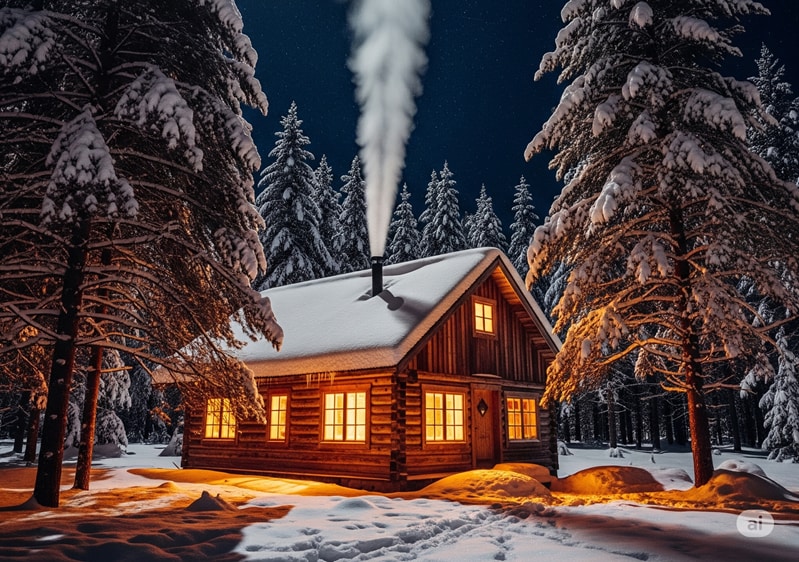
How does this prompt work?
This prompt effectively establishes a strong sense of mood, with "cozy" and "at night" setting the emotional tone.
The subject is clear (a wooden cabin), while the surroundings are described with care, such as "snowy forest," "pine trees," and "snow-covered," which guide the environment.
The glow from the windows and smoke from the chimney add warmth and life to the image, contrasting nicely with the cold surroundings.
Imagen can use this contrast to create a visually rich and emotionally engaging result.
4. Use photography terms to guide framing
If you want your image to look like a photo, include camera-style terms such as angle, lighting, focus, and depth of field.
Example Prompt: "Close-up portrait of an elderly man with a white beard and deep wrinkles, soft lighting from the left side, blurred dark background, sharp focus on the eyes."
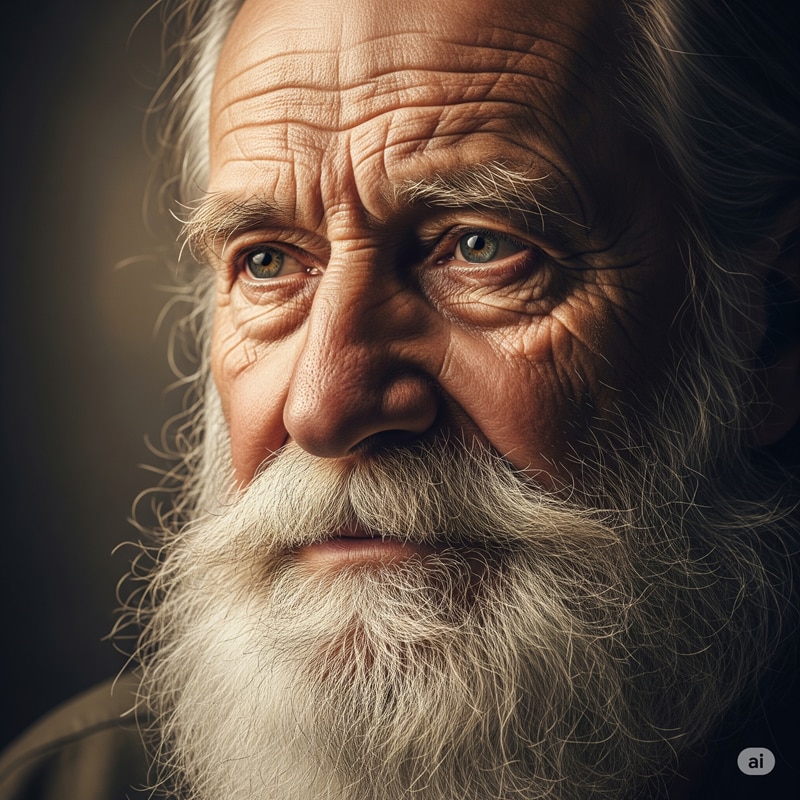
How does this prompt work?
The phrase "Close-up portrait" instructs Imagen to focus on the face.
Describing the man as having a "white beard and deep wrinkles" adds realism and character.
"Soft lighting from the left side" defines the light source, helping create natural shadows and dimension.
"Blurred dark background" emphasizes the depth of the field, and "Sharp focus on the eyes" draws attention to the most expressive part of the face.
Part 4. How to Make Videos from Imagen AI Image
Imagen AI is designed to create and edit images, but it doesn't support video creation. If you want to turn your AI-generated images into a video, you'll need another tool.
One of the easiest options is Wondershare Filmora, which is specifically designed for this task. You can use Image to Video to turn still images into a short video, or use Idea to Video to build a full video from a simple description.
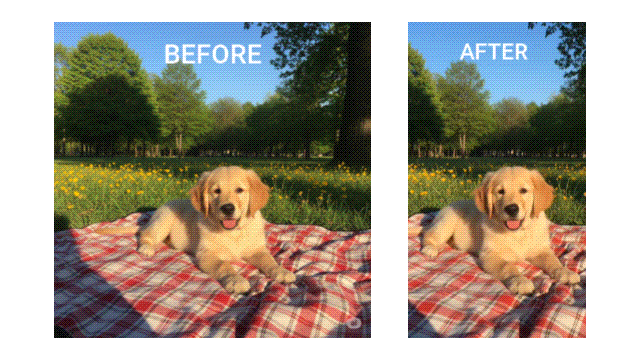
How to Turn Your Image into a Video with AI
Filmora's Image to Video feature helps you turn your photos into a video in just a few steps. You can choose from a variety of templates, then add music, movement, text, and transitions to make it more engaging and lively.
It's a great option if you already have your pictures and want to control how everything looks and flows.
Step 1. Start a new Image to Video project
Open Filmora and select the "Image to Video" feature from the main screen. This will open a simplified editing mode designed for short visual content.
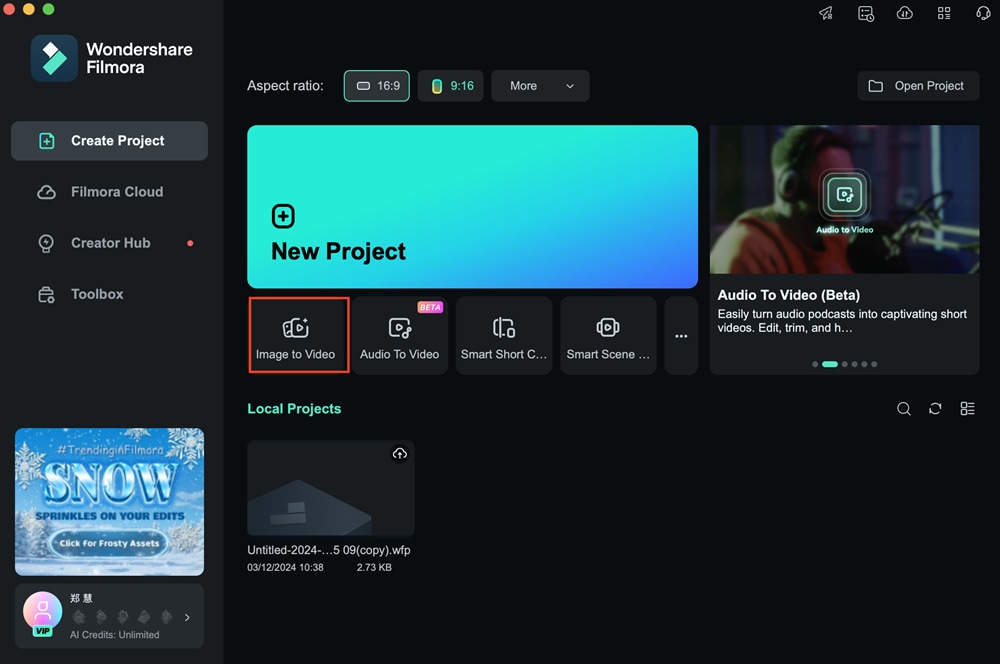
Step 2. Upload your Imagen AI image
Select the image you created using the Imagen AI image generator. Then, choose from preset options or enter a custom prompt to match the theme of your video. Click "Generate" to proceed.
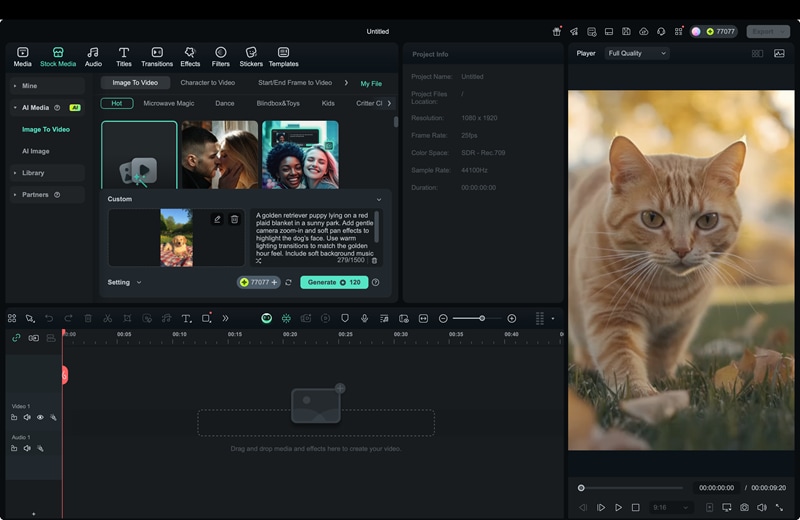
Step 3. Add sound or music (optional)
Choose from Filmora's built-in music library or import your own background audio to add emotion and pacing to your video.
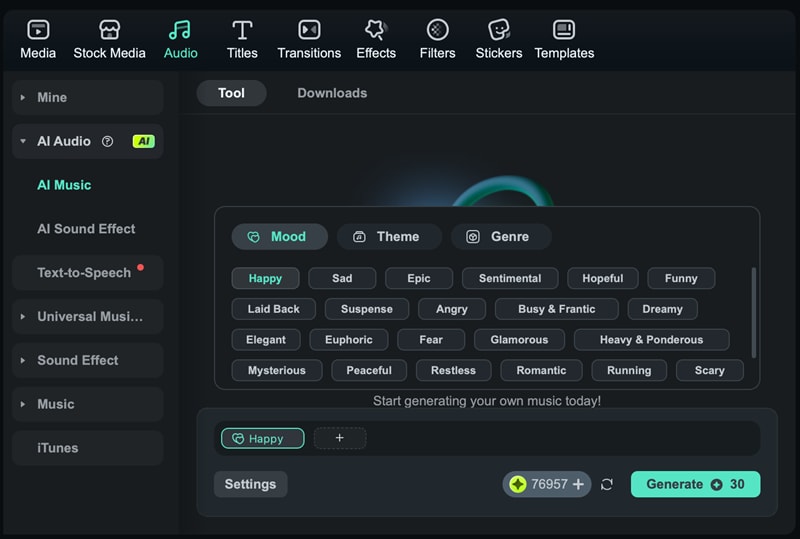
Step 4. Edit or export your video
You can preview the animation, adjust the speed, or add simple transitions. Once everything looks right, export the video in your preferred resolution.
Conclusion
Imagen AI is a powerful tool for turning ideas into images with just a few words. It supports various styles, ranging from realistic photography to creative digital art, allowing you to craft visuals that align with your vision. With the right prompt, you can generate rich, detailed results in seconds.
When you're ready to bring those images to motion, Filmora helps you turn them into short videos using simple tools. You can animate a single image or build a full video from a story idea. This combination makes it easy to transition from text to image to video—all with the help of AI.



 100% Security Verified | No Subscription Required | No Malware
100% Security Verified | No Subscription Required | No Malware


